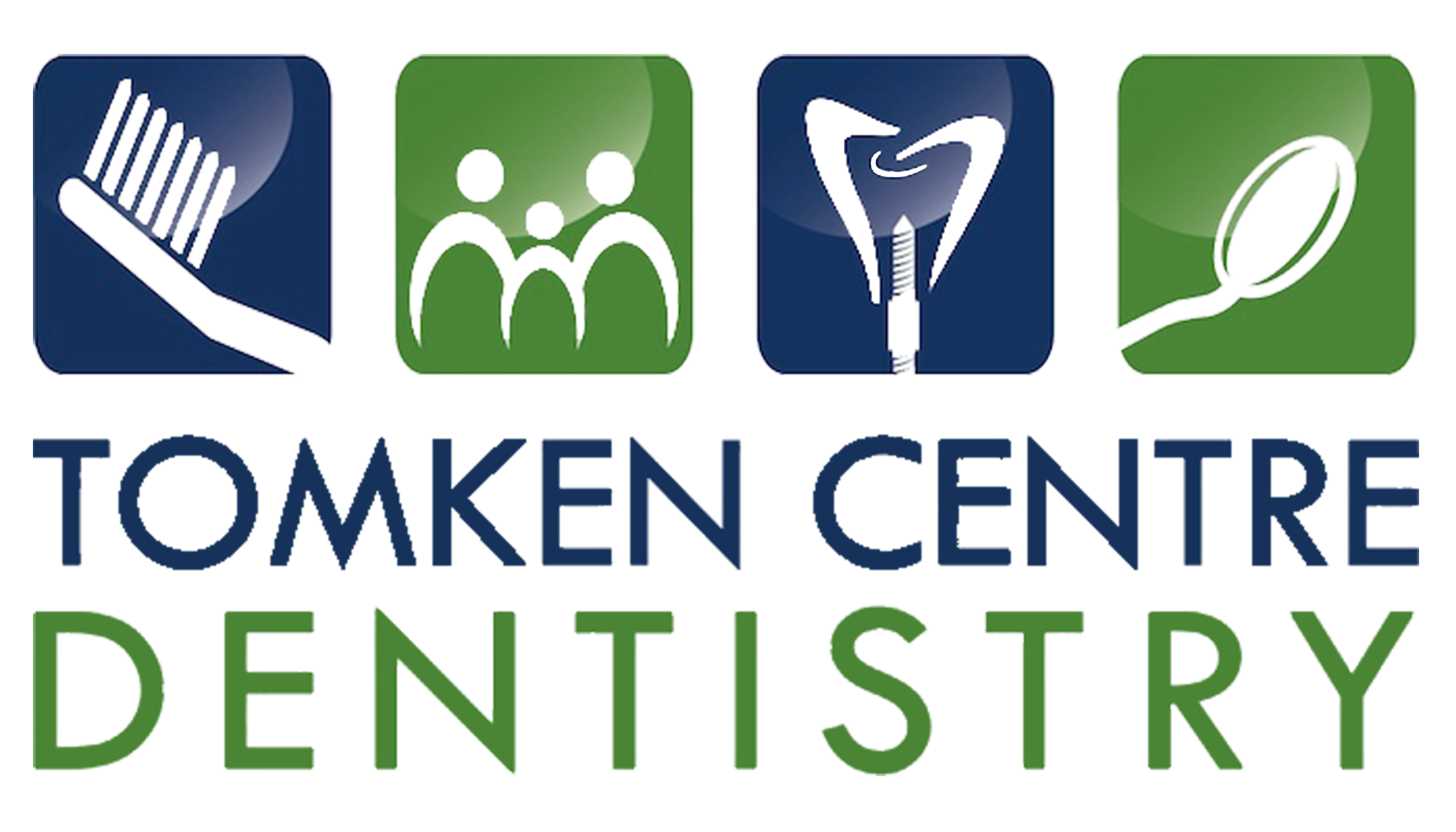Braces Vs. Invisalign: Which Orthodontic Solution is Right for You?



Braces Vs. Invisalign: Which Orthodontic Solution is Right for You?


Choosing the correct orthodontic treatment can be trickier than it sounds. While some may prefer the low-profile nature and convenience of Invisalign, others will benefit from the precision and expedience that braces provide. Patients often come into our office with one treatment in mind, only to decide on another once we lay out the pros and cons of each. To help make your decision easier, we’ve put together a helpful guide to the strengths and weaknesses of these common orthodontic treatment methods.
Should I Get Braces?
Braces have come a long way since the days of bulky metal brackets and wires. Modern braces are sleeker, more minimal, and most importantly, as effective as ever at aligning teeth. While some people seem to think that Invisalign has made braces irrelevant, there are several reasons you may want to choose this traditional orthodontic solution over clear aligners.
The Pros of Braces
Faster Treatment
Unlike clear aligners, braces never need to be removed, resulting in the application of constant tension to the teeth. As a result, braces shift teeth into alignment faster on average than Invisalign– meaning less time spent in treatment!
Better Precision
Braces give orthodontists more control over individual teeth than clear aligners. During periodic adjustments, your orthodontists can fine-tune braces to achieve your ideal smile.
Suitable for More Complicated Dental Issues
Thanks to their strength and versatility, braces are better equipped to correct more serious dental issues, like severely crowded teeth.
The Cons of Braces
Hard to Clean
While all those intricate metal brackets, wires, and bands are essential, they’re no less difficult to clean and maintain. Braces tend to trap food and make proper brushing and flossing a pain. While there are special toothbrushes and other dental cleaning products for braces-wearers, it’s hard to beat clear aligners’ ease and convenience regarding oral hygiene.
More Trips to the Orthodontist
Unlike Invisalign, you can’t adjust braces at home. That means more trips to the orthodontist. Expect to get your braces tightened every 4 to 6 weeks until the end of your treatment.
Food Restrictions
While braces-wearers can technically eat anything they want, that doesn’t mean that they should! Foods to avoid when wearing braces include popcorn, hard candy, chewing gum, potato chips, and more.
Should I Get Invisalign?


Increasingly, those in need of orthodontic work are turning to clear aligner treatments like Invisalign or Smile Direct. And it’s not hard to see why, when considering the ease and convenience that these treatments provide. However, clear aligners aren’t a miracle solution to all orthodontic issues. As with any dental treatment, it’s important to consider the pluses as well as the minuses.
The Pros of Invisalign
Appearance
Let’s face it– if given the choice between the look of braces and the look of natural teeth, most people will choose the latter. Clear aligners allow wearers to straighten their teeth without disturbing their natural appearance.
Removable
Unlike braces, Invisalign’s clear aligners can be removed. That means there are no dietary restrictions, and brushing and flossing are much easier!
Comfort
While the comfort of conventional braces have improved over the years, clear aligners still feel better in the mouth. Invisalign is molded to the exact shape of your teeth and the surface frictionless, providing optimal comfort and an almost natural feel.
The Cons of Invisalign
Cost
That’s right– Invisalign’s ease and comfort comes with a price. While there are upfront expenses, like the cost of the 3D modeling and the aligners themselves, your orthodontist may find it necessary to finalize your treatment with braces, raising the overall expense even more.
Not Suitable for All Applications
While Invisalign is perfect for simple alignments, it’s not as effective for more complex issues. If teeth are severely crowded or misaligned, braces are almost always the better orthodontic solution.
The Burden is On the Wearer
Invisalign requires far fewer trips to the orthodontist. But that means it’s up to you to monitor your progress and to make sure you wear your aligners for the full 22 hours every day. Failing to change aligners on time, forgetting to wear them at night, and leaving them out so that they become warped are just a few common ways people mishandle their orthodontic treatment.
Braces Vs. Invisalign: Which One is Best?
So, which orthodontic treatment works best for you? Ultimately, it’s up to you and your doctor to decide. Call or contact our Mississauga office today to schedule a consultation. Once our doctor carefully examines your dental condition, they will discuss possible treatment options with you and help you pick the treatment method that works best for your teeth and your lifestyle. We can’t wait to help you smile!

